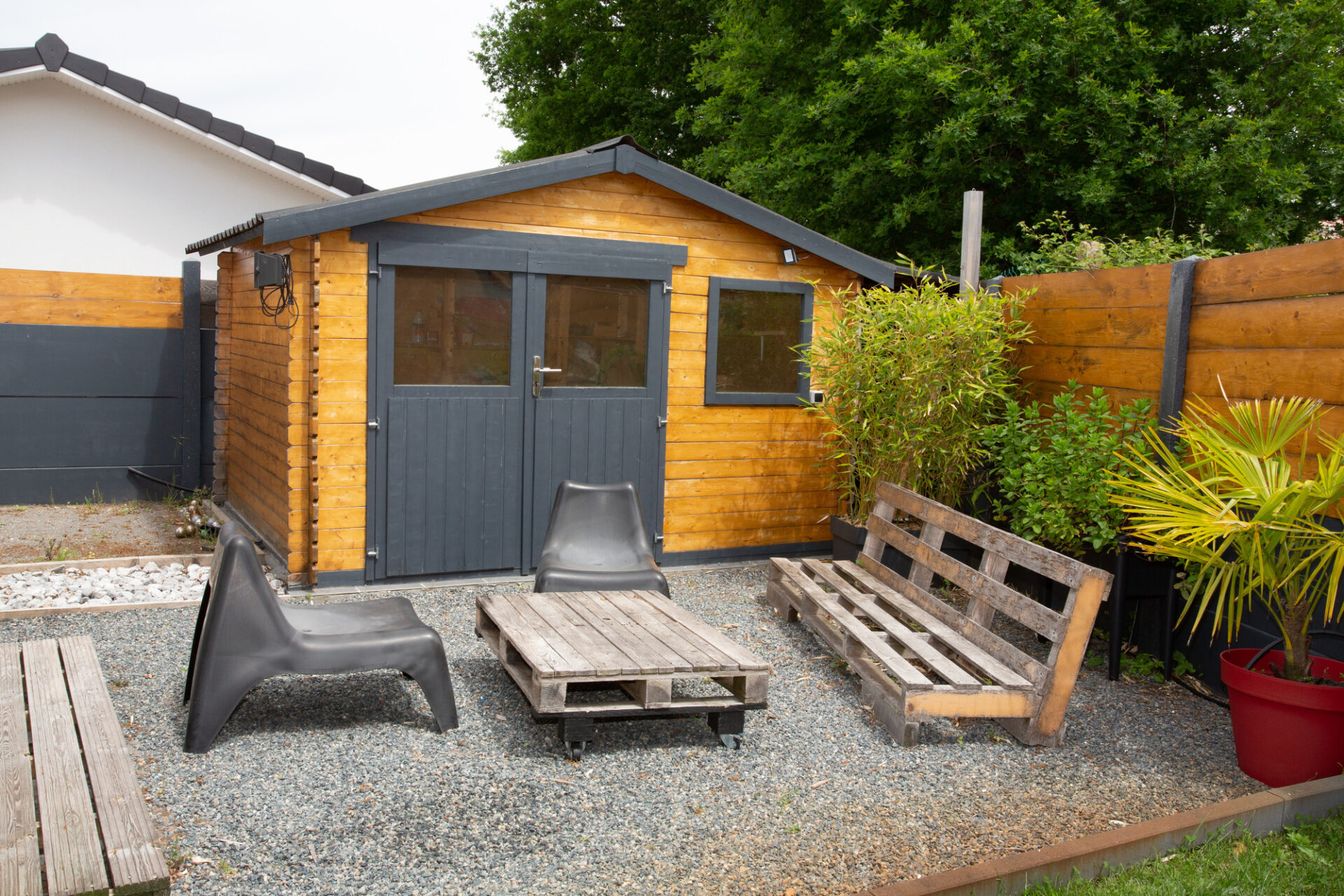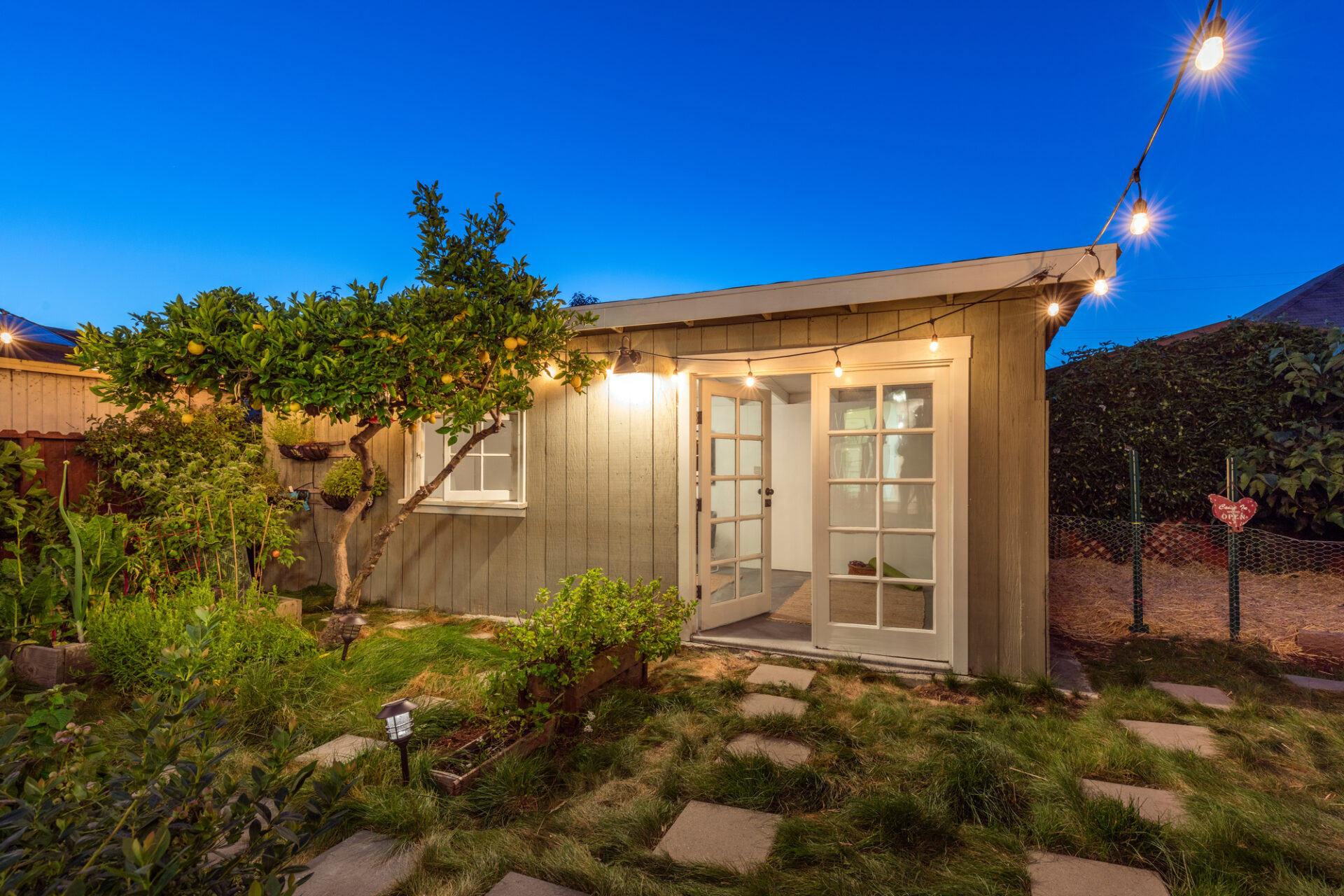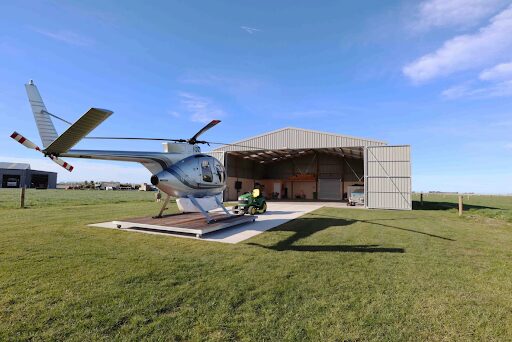A home accommodates your lifestyle needs. It allows you to be functional by having enough space to perform daily tasks and entertain guests during special occasions and get-togethers. However, sometimes the rooms may not be enough to provide a private living space for a family or a guest. Building a secondary dwelling unit is one of the best solutions to this problem.
A secondary dwelling unit is an additional fully functional living space accommodating one or two people. It has everything a typical home has: an efficient kitchen, a cozy bathroom, and a comfy bedroom.
Here’s everything you need to know about secondary dwellings if you plan to build one on your property.
Table of Contents
Types Of Secondary Dwellings
Secondary dwellings are a perfect addition to your property. These smaller units can be simple or luxurious and come in different types.
Detached Unit
A detached unit stands alone within your property and has a private entrance. Since it’s separate from the main house, it provides an independent living space for a family member or a guest.
One excellent example of a detached unit is a granny flat. What are granny flats? These structures are similar to tiny houses but with added safety features. From its name, it was originally designed to provide a flexible living option for an elderly family member.
Attached Unit
An attached secondary dwelling unit looks similar to a house extension but with a private entrance. It shares one wall with the main structure and may or may not have direct access to the primary home.
The attached units are ideal for properties with limited space. You can build a tiny structure beside the main house with all the functional features needed for independent and private living.

Small wooden cabin house exterior design
Repurposed
This type of secondary dwelling is one of the most practical options. If you have a separate garage in your property that you barely use, you can repurpose it as an accessory unit.
You can convert a storage shed, garage, or workshop into a livable space to make your property more efficient. Since these structures already exist, you can immediately proceed with the renovation.
In-Home Unit
An in-home unit is a secondary dwelling within the main house. To create one, you can convert one large room into a fully functional space, like a studio apartment.
Converting one room into a secondary unit is another budget-friendly option since there’s no need to build a new structure. It only requires renovation, including new walls, kitchen sink plumbing, and furniture.
One crucial factor in building or converting a secondary dwelling is, at most, 500 square feet.
Benefits Of Secondary Dwellings
Secondary dwellings are perfect for creating multipurpose spaces. Many property owners build one on their land for the following benefits:
- Additional Private Living Space: One of the primary benefits of a secondary dwelling is providing an additional private living space. You may also add hedges and trees around to improve privacy.
- Flexible Accommodation: Some homeowners build secondary dwellings to accommodate families and friends during holidays. It’s an excellent option if you love accommodating guests and hosting gatherings.
- Upgrades Property’s Function: Secondary dwellings can upgrade a property’s function. Aside from accommodating families and friends, you may also list the accessory unit for short-term rentals to generate additional income. It’s one of the wisest ways to maximize your property’s potential, especially if you’re near tourist attractions.
- Increases Property Value: Well-maintained properties rise in value over time. However, upgrading it by building an additional fully functional structure can significantly boost its value by up to 30% upon construction.
- Affordable To Build: Secondary dwelling units have a smaller floor area than a typical house, making them more affordable to construct. You can look for a builder specializing in building accessory dwelling units or granny flats to maximize your budget.
Building a secondary dwelling unit is a good investment if you’re looking forward to maximizing your property in terms of comfort, function, practicality, and value.
Costs Of Building A Secondary Dwelling
Building a secondary dwelling unit is like building a tiny house. The total cost depends on its size, type of finish, availability of materials, and labor. In most locations, contractors give quotes based on the gross floor area.
A secondary dwelling unit typically costs around USD$150 to USD$300 per square foot, including the site preparation, permits, design, materials, and labor. The costs may vary depending on your location. Some may even go beyond USD$600 per square foot, especially for a high-end finish.
One tip to save on building a secondary dwelling is to use reclaimed materials. Homeowners with a construction background also prefer a DIY build to reduce costs.
Construction Requirements
The construction requirements for a secondary dwelling unit depend on your local code. In most regions, you can build one in any residential zone. However, you can’t subdivide the existing lot even when constructing a stand-alone unit. Most areas also have a minimum lot area requirement to grant approvals.
Conclusion
Secondary dwellings are an excellent addition to upgrade your property. If you plan to build one, contact your local contractor or any reliable granny flat builder to actualize this project.





